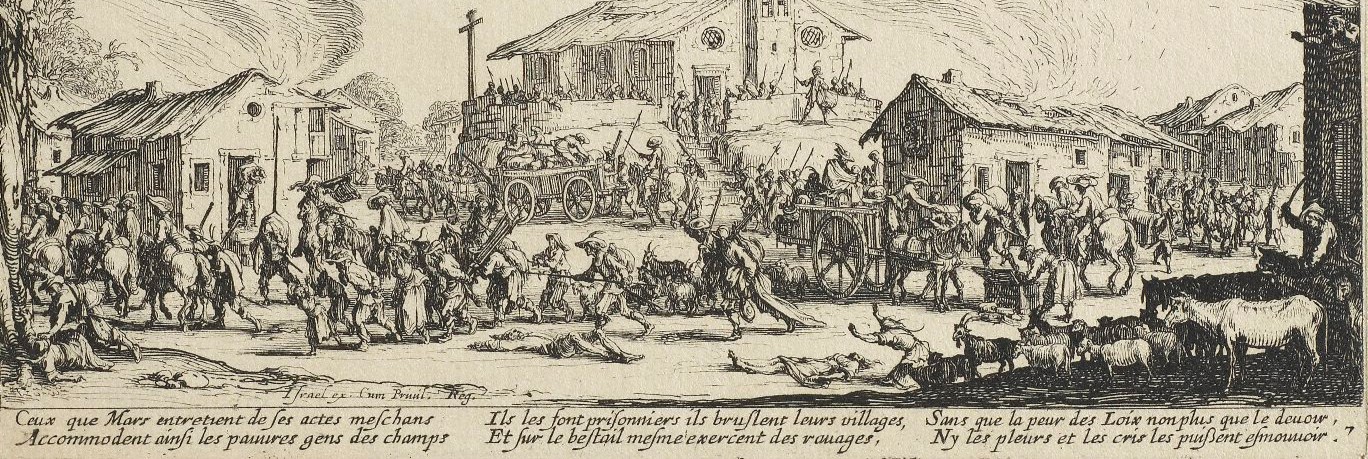By Jacques Bellezit*
Introduction: On “Redemption” or “Accepted For Values” Theory
Redemption theory was theorised by Judge Rooks of the Court of Queen’s Bench for Alberta, in the Meads v Meads case as part of the Organised Pseudolegal Commercial Arguments(OPCA). The aim of the so-called OPCA arguments are to “ to disrupt court operations and to attempt to frustrate the legal rights of governments, corporations, and individuals”[1] The Redemption theory is related to the “strawman” theory, stating that each individual has two personalities: One of them is the tangible human person whereas the other one is a legal fiction, created by the State through certain documents (issuing of birth-certificate, ID or social security number).[2] Tax-resistance partisans often argue that State documents are issued to the “wrong” or “false” person in order to escape tax liabilities or other forms of the State’s authority (ID or driving licence inspection, etc.): This strawman theory is embodied in what is known as the “capital letter argument”, stating that “JOHN DOE” and “John Doe” are not the same person(!).
This has paved the way for various scams pretending to give keys, methods and pseudo-legal procedures about how to gain back the control or re-buying of the ‘true” person from the State’s clutches or a (high) sum of (hidden) money associated to this “true” person.





